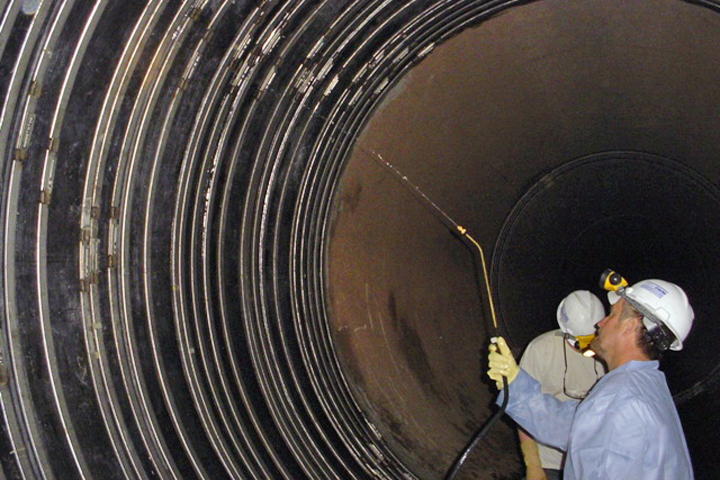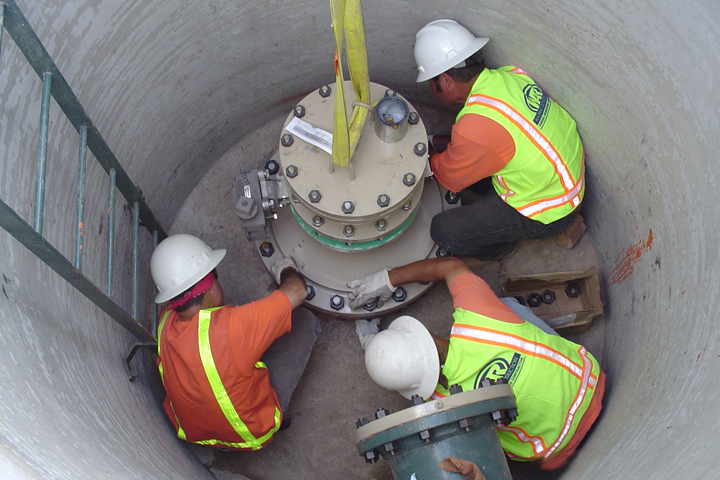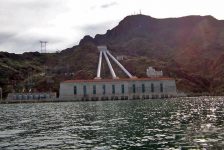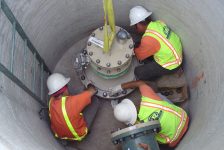Colorado River Aqueduct Rehabilitation and Improvements



- Location:
- Southern California
- Value:
- $10,250,000
- Completion:
- March 6, 2007 to March 27, 2007
- Owner:
- Metropolitan Water District of Southern California
- Contractor:
- W.A. Rasic Construction
Butier Engineering, Inc. provided a team of 19 construction managers and specialty inspectors to perform CM and inspection services for the annual shutdown of the Colorado River Aqueduct. The rehabilitation and improvement project required the team to work 12-hour days, 7 days a week for 21 consecutive days (March 6, to March 27, 2007). The work was completed several days ahead of schedule. The work was conducted in very remote locations over the 242-mile water conveyance in Southern California. The aqueduct diverts water from the Colorado River at Lake Havasu on the California-Arizona border west across the Mojave and Colorado deserts to the east side of the Santa Ana Mountains. The aqueduct is operated by the Metropolitan Water District of Southern California (MWD) as one of the primary sources of drinking water in Southern California.
The aqueduct consists of two reservoirs, five pumping plants, 63 miles of canals, 92 miles of tunnels, and 84 miles of buried conduit and siphons. Its capacity is 1.3 million acre-feet per year. The scope of work for this project included the following:
- Dewatering of 21 first barrel siphons and replacement of existing equipment and cast iron flanges with new steel flanges and stainless steel valves.
- Dewatering of 26 second barrel siphons and replacement of existing flanges and equipment with new flanges and stainless steel valves.
- Dewatering of 5 existing first barrel siphons for inspection and preparation of siphons to be returned to service
- Dewatering of 17 existing second barrel siphons for inspection and reinstalling existing equipment to be returned to service
- Dewatering and installation of internal seals in existing 2 siphons
- Dewatering and abandonment of 27 existing drains in aqueduct transitions
- Fabrication of 6 blocker and 7 sealer gates
- Repairs and recoating of 2 existing radial gates
- Installation of an acoustic flow measurement system in Whipple Tunnel
Additional unique challenges of this project included the following: Environmentally Sensitive Areas (ESAs) exist adjacent to the work areas, and there were numerous requirements specified for work near the ESAs. In addition, the project was located in areas with sensitive biological resources, including the desert tortoise. The desert tortoise is considered to be a threatened species by the Federal Government and the State of California. Therefore, all personnel were required to complete desert tortoise training.


